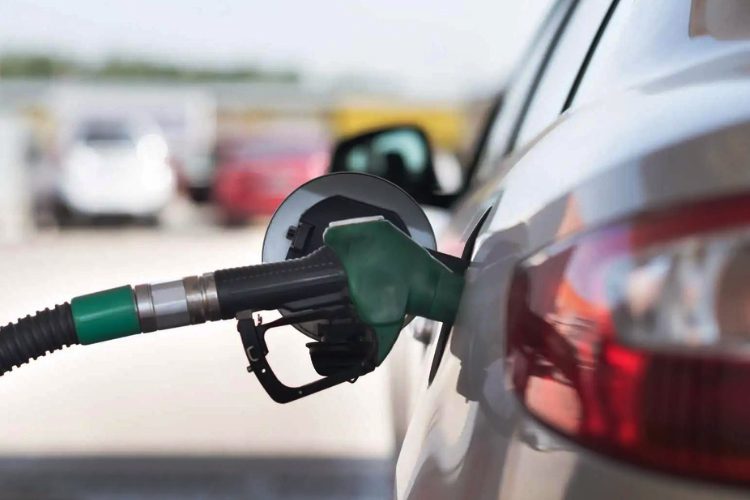Check Engine Light On After Getting Gas: Possible Causes & Solutions
Did your vehicle check engine light just pop up after getting gas? Are you wondering what caused it to show up and how you can reset it? If yes, this guide is for you.
Check engine light on after getting gas is caused by not putting the gas cap back on tightly after a fill-up. Other potential causes include a damaged gasket or a faulty vacuum hose.
Discover more details below on the various reasons your check engine light comes on after getting gas. We have also shared helpful details on how you can fix these issues and make the light disappear.
Why check engine light come on after getting gas
If after you fill up your car tank the check engine light shows up, it could be due to a variety of reasons described below:
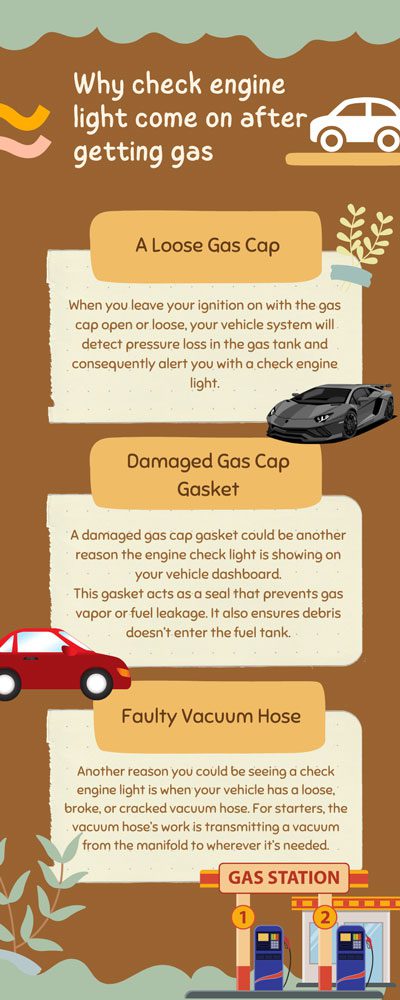
A loose gas cap
When you leave your ignition on with the gas cap open or loose, your vehicle system will detect pressure loss in the gas tank and consequently alert you with a check engine light.
Thus, the first place to look into when you have CEL right after getting gas is whether the gas cap is tightened. Always make sure you tighten your cap until it clicks after filling up your car.
Also, if you notice your cap doesn’t click into position or pops open whenever it clicks, it means it’s defective and you need to replace it with a new one.
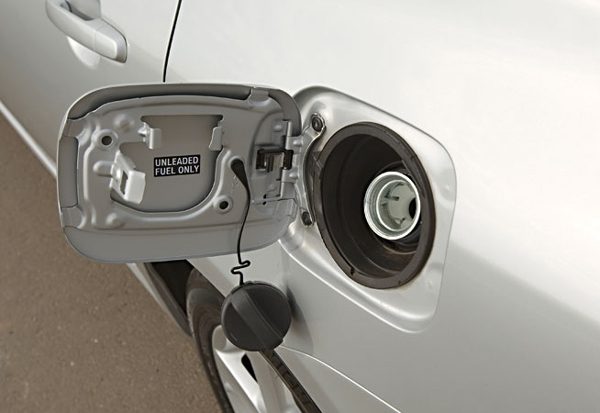
Besides preventing fuel loss in your vehicle, additional functions of a gas cap include keeping off debris that could otherwise mix with the gas and preventing gas vapor loss which equates to high fuel efficiency.
NOTE that your gas cap may be faulty even when it doesn’t feel loose. Therefore, we recommend you always look out for various signs of a faulty gas cap and replace it on time.
These signs include poor fuel economy, smelling the fuel while inside your car, visible damage on the cap, and visible coloration around the gas tank edge.
If you religiously take your car for maintenance, then your mechanic would be able to tell you when your cap is damaged so you can replace it on time and prevent problems in the future.
Damaged gas cap gasket
A damaged gas cap gasket could be another reason the engine check light is showing on your vehicle dashboard.
This gasket acts as a seal that prevents gas vapor or fuel leakage. It also ensures debris doesn’t enter the fuel tank.
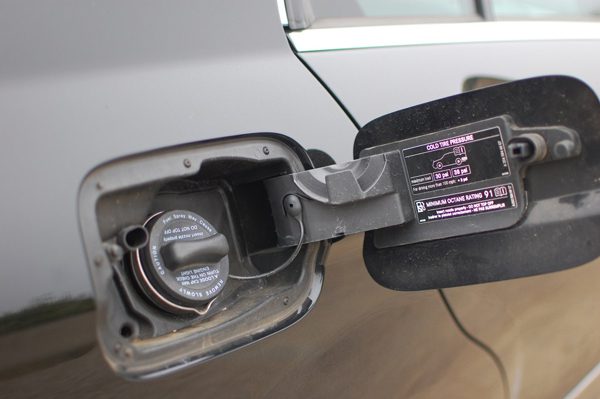
A damaged gasket means easy leakage of gas vapors and entry of dirt and debris into your fuel tank.
And this is sure to offset some sensors that think there is an EVAP system leak—making the engine light come on. Your only option here is to replace the damaged gas cap with a new one.
Faulty vacuum hose
Another reason you could be seeing a check engine light is when your vehicle has a loose, broke, or cracked vacuum hose. For starters, the vacuum hose’s work is transmitting a vacuum from the manifold to wherever it’s needed.
Vacuum hoses vary in terms of construction material and internal diameter. However, most of them are made of rubber and tend to wear easily, causing vacuum leaks.
This means even when the injector is doing its job of sending fuel to the cylinders, unburned fuel is still finding its way to the exhaust system.
This risks damaging your catalytic converter as fuel isn’t getting combusted.
If you already know the internal diameter of your current damaged vacuum hose, you can easily replace it with a new one to stop the leaks.
However, we suggest having a professional do the replacement for you if you’re not sure about the whole process.
Can bad gas cause your engine light to come on?
Yes, bag gas can cause the check engine light on if it leads to a misfire. However, the truth is that bad gas usually isn’t the culprit. In other words, the light doesn’t show up because of bad gas but because of what the bad gas does.
If you suspect bad gas could’ve triggered the engine light, we suggest getting the error codes to read to know the actual reason behind the check engine light coming on.
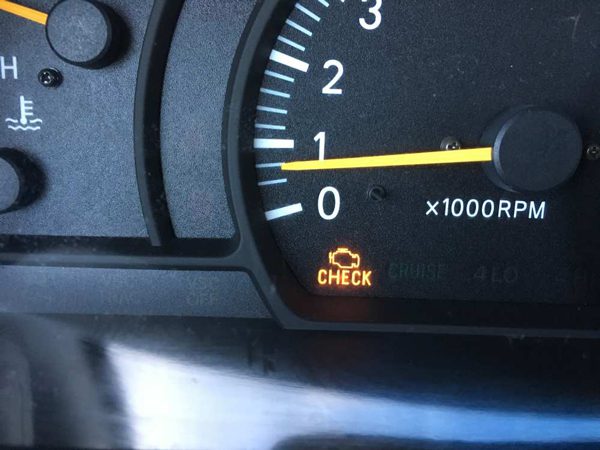
Bad gas can cause hesitation, misfires, and even interfere with fuel trims. This means it will trigger error codes that are misleading when you get down to doing a diagnosis.
Most modern diesel engine vehicles have a sensor for detecting excessive moisture and this can trigger the engine light to pop up. However, gasoline engines feature no sensor for measuring gas quality.
Can overfilling the gas tank cause check engine light to come on?
Yes, overfilling the gas tank may cause the check engine light to come. This is because you’ll be interfering with how your vehicle system operates and detects faults in your car engine. The result is a check engine light!
Overfilling your car with gas will also make liquid fuel get into the vapor canister. This causes issues with the evaporative system, prompting the check engine light.
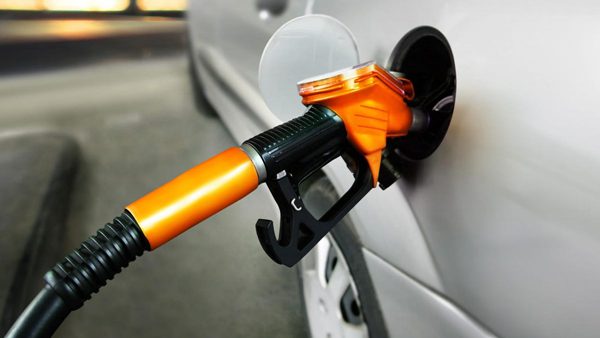
Far from the engine light, overfilling your car isn’t just wise as you’ll simply be wasting money by spilling fuel. The fuel running out of the filler may also damage your precious car paint. Just don’t overfill your gas tank!
Can you drive with the check engine light on after getting gas?
Yes, you can drive with the check engine light on after getting gas. However, we advise you to try to fix the detected problem as soon as possible.
Contouring to drive your car with the highlighted issue can cause costlier damages to your car.
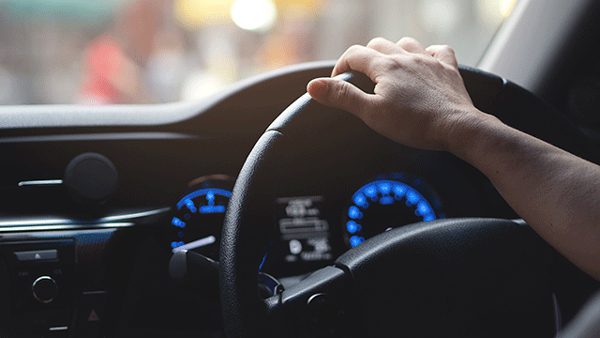
If possible, avoid operating your car any further until all the issues it is experiencing have been solved.
This is especially true if you’re dealing with blinking light (which often appears after getting gas) which means more serious issues that need fixing ASAP!
How can you reset the check engine light after tightening gas cap?
The easiest way to reset the check engine light that comes on after getting gas due to a loose cap is actually driving the car. The light will clear itself after approx. 50 to 100 miles.
The light usually doesn’t go away instantly. And the simple explanation for this is that the vehicle computer is slow and will take time for evaporation emission diagnostics. After running and passing the test, then the light will go out.
However, the light will clear itself only if the gas cap was the reason why it showed up in the first place.
Also, if you have a code reader, it can help you confirm and clear the error code, thereby resetting the engine light.
Will water in your gas Make your check engine light come on?
Water in gas is another culprit that will make the check engine light come on. Whether you got bad gas at the gas station or it accidentally found its way into the gas tank.
Water will not just stay in the fuel tank but will travel throughout your car fuel system. it will then be detected and a sensor will then relay the message to the computer. As such, you’ll get the check engine light on your dashboard!
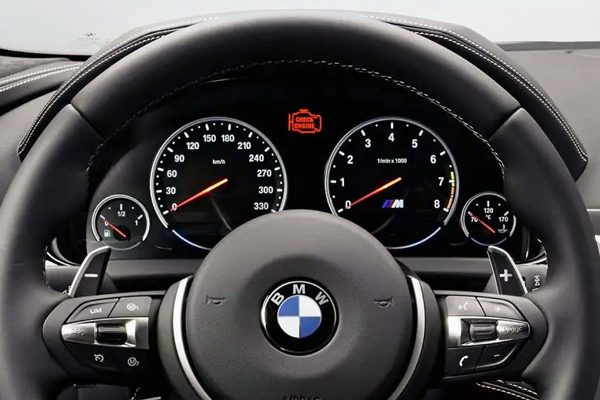
However, don’t just take water as the reason behind the issue. It is good to use the OBD2 scanner to find out the real problem your car is facing. If you don’t have one, you can take your car to your mechanic to scan it for you and advise you on which part needs repair or replacement.
Unknown to many people, water in the fuel tank can also lead to serious issues like engine misfires and a rough idle which will definitely affect the performance of your ride.
If you’re experiencing a check engine light after getting gas, there could be several reasons behind it. One possible cause is a loose or damaged gas cap, which can trigger the check engine light to come on. However, if you have already checked the gas cap and the light is still on, you may want to consider other causes, such as issues with the fuel system or oxygen sensors. Our articles on troubleshooting check engine light issues can provide valuable insights into the problem. For example, if you experience a check engine light after disconnecting the battery, our article on after disconnecting the battery may be helpful. This article covers common causes and solutions for check engine light issues that occur after disconnecting the battery. Similarly, if you’re experiencing a check engine light after filling coolant, you may want to read our article on after filling coolant. This article discusses potential causes and solutions for check engine light issues that arise after filling coolant. Take a look at these articles for expert advice on diagnosing and fixing check engine light issues.FAQs:
1. How long until check engine light resets after a loose gas cap?
Check engine light rests itself after tightening the gas cap after you turn the key without actually starting your vehicle and then do three complete drive cycles (i.e., pumping your gas pedal 3 times). If the computer doesn’t detect any failure, the check engine light blink and then clears itself.
2. How do you fix a check engine light that is on after getting gas?
You can fix a check engine light that is on after getting gas by checking whether you tighten your gas cap after filling up. If the gas cap isn’t the problem, you can look for additional causes such as whether the gas cap gasket is working properly or whether you have a faulty vacuum hose which can also trigger the CEL after getting gas.
3. Can higher octane gas cause check engine light?
Yes, pumping higher octane gas into a car that requires regular octane gas may cause a check engine light to show up. This is a costly mistake that will not make your car go faster; it’s only a myth. Instead, it can create issues with your engine and may even void your vehicle warranty.
Conclusion
Many vehicle owners experience check engine light coming on after getting gas. The most common reason for this issue is a loose gas cap. Checking that the cap is properly screwed on and is in good condition will help solve this problem and even prevent it from happening in the first place.
We hope that this article has provided you with everything you need to know about the check engine light on after getting gas. After reading this guide, you should be in a position to solve the engine light issue without any issues.

